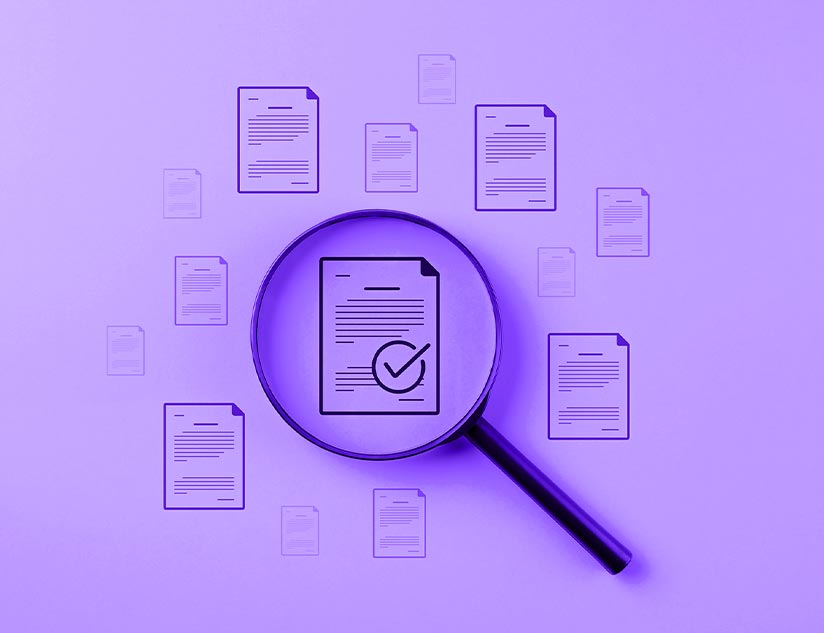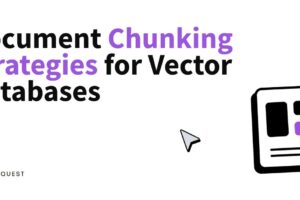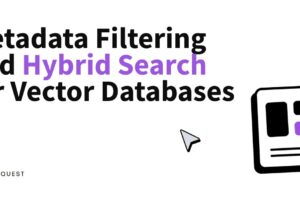
Why K-12 Educational Compliance is the Foundation for Publishers to Drive Student Success
Is compliance still the seatbelt you put on only when the cops are around? Viewing compliance only as a checkbox to avoid legal penalties is a narrow outlook. Compliance in K-12 education is no longer just a way to mitigate risks; it is a tool to create digital learning environments where students thrive. It can be a strategic partner for publishers to offer safe, fair, and effective learning opportunities. It allows publishers to effectively deliver student-centric digital learning.
The True Scope of Compliance in K-12 Education
It isn’t about getting past district checkposts. While earlier, digital K-12 publishing compliance was limited to data privacy laws, such as FERPA, COPPA, or GDPR, it now includes accessibility, interoperability, and quality assurance. This ensures that quality learning reaches more students in formats usable to them. EdTech compliance guidelines, such as WCAG and 1EdTech standards, are a mechanism for K-12 publishers to win the trust of parents and learning institutions alike.
Compliance as a Driver of Equity & Access
Accessible and standards-based digital content for schools ensures equitable access to learning opportunities. In addition to ensuring student data privacy in K-12, it drives inclusion. For instance, text-to-speech conversions make text accessible to visually impaired learners, and multilingual support prevents language from becoming a barrier to education. The Title II ADA update requires all public-school websites and apps to meet WCAG Level AA, to reduce friction in learning. With MagicBox’s MagicSync, you do not have to worry about such updates. It is well-tested and designed to evolve with the regulatory compliance landscape.
Building Trust Through Compliance
Meeting edtech compliance requirements is a prerequisite to even be considered for adoption. Standards-based digital content assures schools of the ability to impart competitive learning. Demonstrating compliance helps publishers establish long-term relationships with decision-makers in schools and districts. Uniquely embedding digital learning compliance within seamless learning and teaching flows helps publishers position themselves as thought leaders in education innovation.
From Safety Net to Success Enabler
Emerging compliance needs in K-12 education are designed to enable frictionless and effective learning. K-12 publishers, hence, become the enablers of student success. For instance, under the 1EdTech standards, “areas of focus include the personalization of resources, interfaces, and content to meet the needs of all individuals.”
Adequately placed compliance frameworks create stable and reliable publishing and distribution platforms. This allows educators to focus on teaching rather than on technology risks and malfunctions. Teachers spend less time fixing broken tools or manually protecting student privacy. Students experience fewer interruptions. Less classroom downtime translates into more learning time, increased engagement, and consequently better learning outcomes.
Compliance: Strategic Advantage for Publishers
“Most edtech companies underestimate compliance as a growth driver,” said an article by Magic EdTech on EdTech Digest, at a time when edtech was only picking up pace after the pandemic had ended. This applies even today, with many K-12 publishers looking at edtech compliance requirements only as a means to avoid lawsuits.
The key is for publishers to leverage compliance in K-12 education as a differentiator. Instead of just a way to fulfill minimum requirements, consider it a mechanism to set yourself apart from the crowd. Thinking ahead with compliance-driven innovation can improve business outcomes. For instance, learning metrics grow in importance to demonstrate learning quality. Embedding learning analytics within feedback loops to eliminate learning gaps and introduce timely interventions can enhance student achievement. These drive responsible adaptive learning.
Rethinking Compliance for Student-Centric Education
UNICEF applauds the state of Utah’s approach, which does not give in to fears of data misuse and does more than just enforce laws. It supports schools, emphasizing that “privacy protection and educational innovation are not opposing forces.” The organization urges education developers to leverage compliance as a complementary tool to create “learning environments that serve all students effectively and safely.” That means driving them to success equitably, while maintaining trust.
Compliance in K-12 education is a guardrail, and meeting minimum rules is expected. Going beyond can make you stand out. Compliance can drive young learners toward their learning goals, ensuring improved academic outcomes for all. Publishers who embed analytics responsibly and use adaptive learning within guardrails are positioned to gain more adoption.
Districts and schools prefer vendors who think ahead. They do not have the time or resources to effectively employ technology to advance learning frameworks. They trust and rely on K-12 publishers to do it for them. Hence, they appreciate partners who reduce their risk, not add burden. Plus, they prefer to partner with those who enable compliance-driven innovation that drives education further. For publishers, digital learning compliance pays off in enhanced revenue, retention, and recognition.
It is time K-12 publishers lead by embedding compliance into every step of content and platform design, ensuring education is safe, inclusive, and effective. Partnering with a platform that enables innovation while helping you stay on top of evolving regulatory requirements drives efficiency. Learn how MagicBox can empower you to stay compliant and lead with innovation.
Source link




